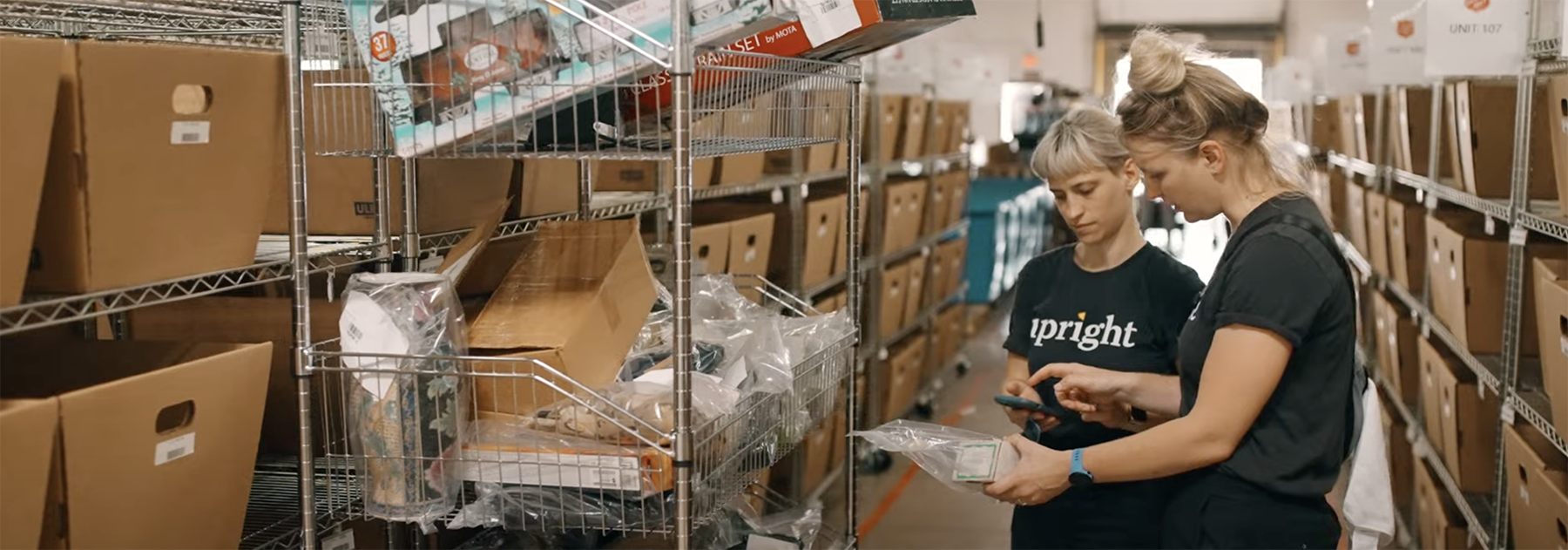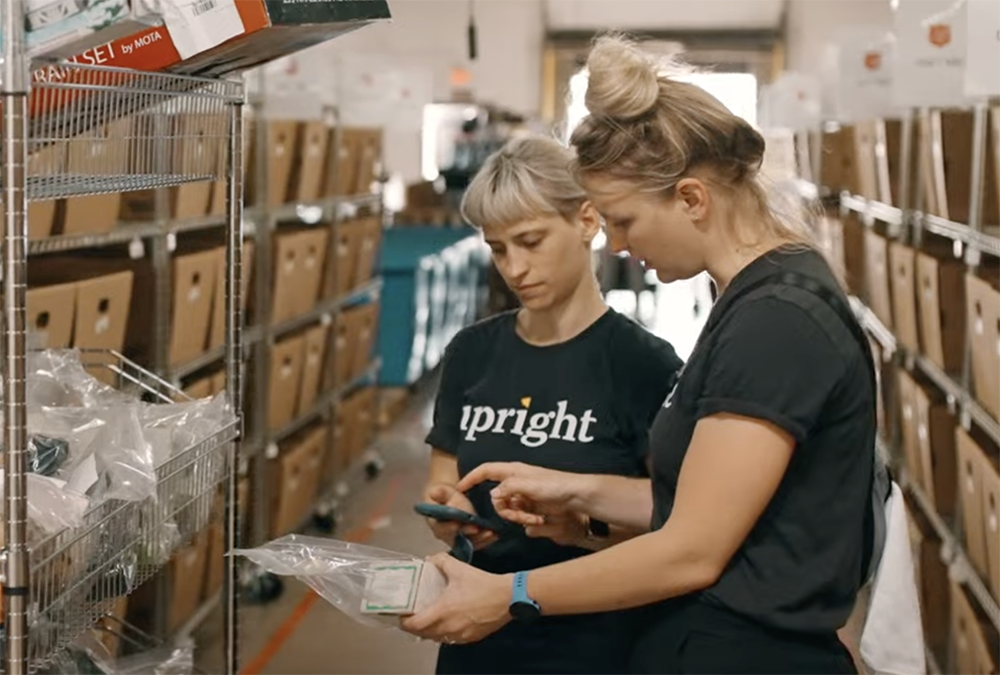As the holiday season ramps up, secondhand e-commerce businesses are looking for effective strategies to maximize their end-of-year sales. Neatoscan & Upright Labs are leaders in providing e-commerce solutions for secondhand sellers. To help boost the success of secondhand during this time of the year, our resourceful Services Team has compiled a series of actionable tips and insights to help your operation get the boost you are looking for.
In our comprehensive guide, “Tips From Our Services Team to Increase End-Of-Year Sales” we delve into practical methods to optimize your inventory, boost productivity, and significantly impact your revenue.
Prioritize High Value Categories
Focusing on products that provide high yields can help ensure budgets are met and exceeded before the rapidly approaching end of the year. Take a look at the insights drawn from clients using Upright Lister that will support maximizing productivity and revenue gains!
High Yield Categories
In the chart below, we display the top general categories with the highest average price per item (PPI) across all Upright Lister clients and all e-commerce channels they utilize. Understanding these broader categories helps identify which products should consistently be sent into e-commerce.

Data was pulled from August 19- October 19 2023, across all Upright Lister clients and all e-commerce channels.
High Yield Sub-Categories
Identifying high PPI sub-categories can be useful information as well. As you see below, there are times when the parent category (ie. Collectibles) has an average PPI, but specific sub-categories (ie. Sewing Machines) have a high PPI. Analyzing these subcategories allows for the identification of emerging trends and additional products to request from suppliers.
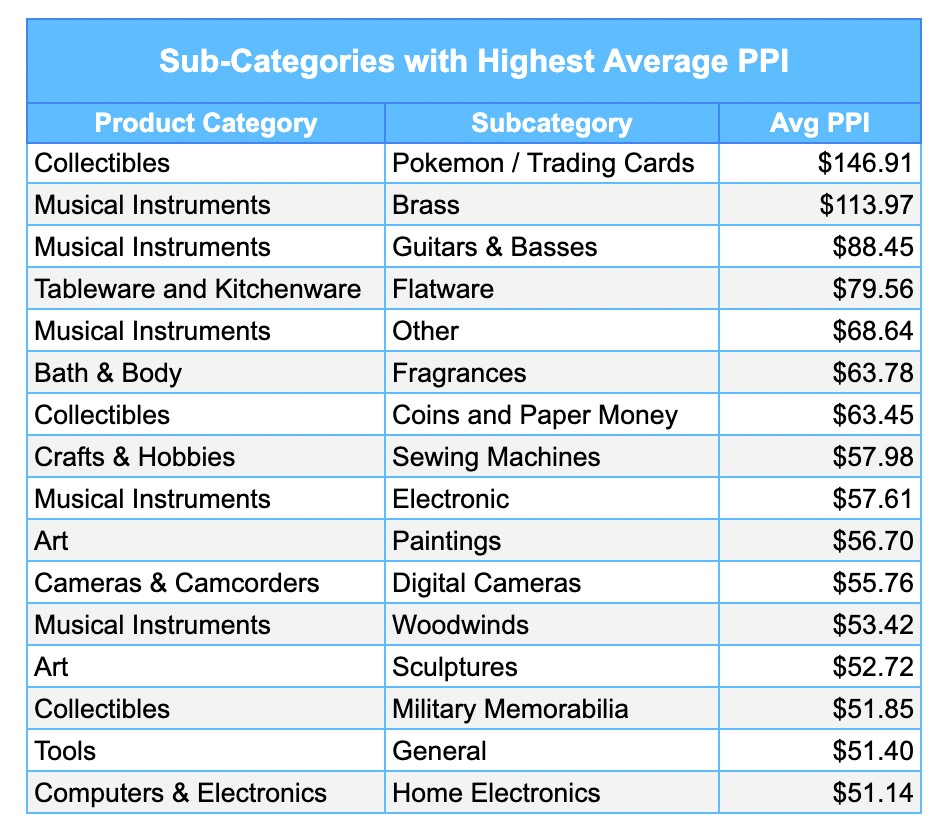
Data is from January-September 2023 from the top performing Lister clients across all e-commerce channels
Implementation
Notifying Suppliers
An easy way to notify suppliers of preferred product to send to the e-commerce department is through utilizing the Item Preferences feature in Upright Lister. Item Preferences allows you to create a custom list of desirable and undesirable items that are visible to your suppliers when they create manifests. These item preferences will become visible to your suppliers at the top of the manifest page after implementation.
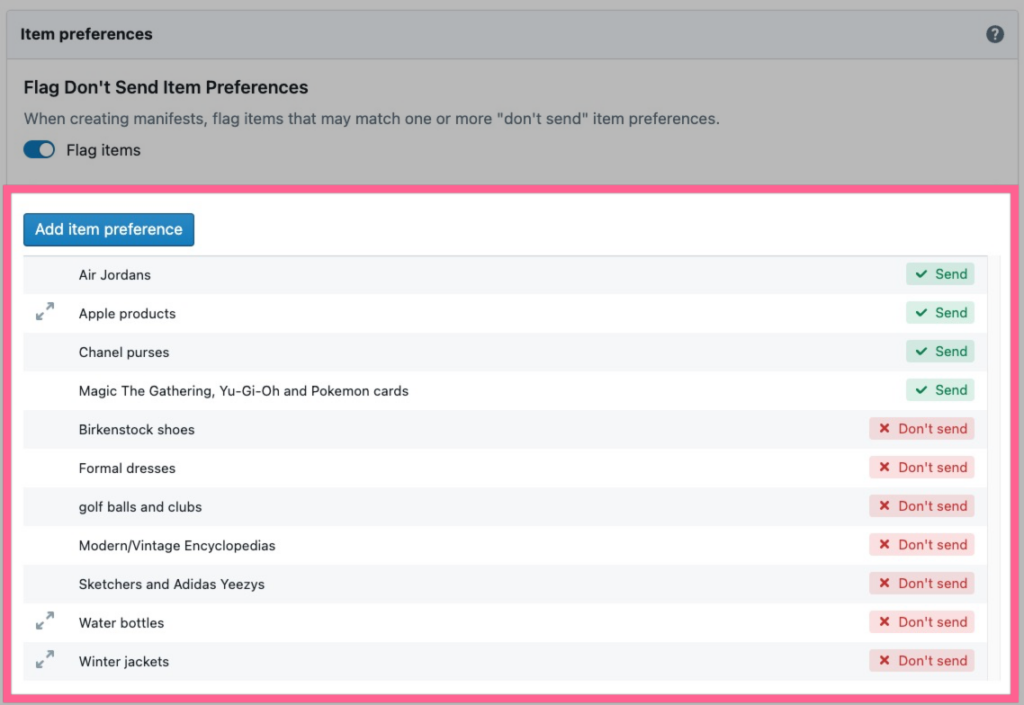
Check to see if the high value parent categories and subcategories are listed. Follow Upright’s Guide to Settings: Manifests to add or remove products from the Item Preferences section.
Additionally, send a monthly newsletter to suppliers to share product insights, productivity reports and the revenue impact. Monthly newsletters sent to suppliers have resulted in 34-42% increases in items sent to e-commerce, resulting in a 3-6% increase in monthly revenue.

Example of data to track, and share with suppliers each month in a newsletter.
Prioritizing High Value Items During Processing
Once product is selected by suppliers and sent to the e-commerce department, our Services Team most often see clients process and list product using a First In First Out (FIFO) method. This is a great method to employ year-round which ensures accurate inventory management, timely processing of product and reduces delays for revenue return to suppliers (if applicable).
An alternative method, focusing on processing the highest revenue generating categories, may be implemented when looking to boost revenue in the short term of 1-3 months. This method may be especially beneficial when looking to achieve your year-end budget in this final quarter.
To prioritize processing high value items, suppliers first must have the ability to sort product into multiple categories. Suppliers at minimum will need to sort into two separate categories: high value, and all other e-commerce product. Further sorting of the high-value categories (art, musical instruments, electronics, etc.) has been employed by Upright Lister clients and allows for further flexibility when processing. The benefit of suppliers implementing this sorting process is the ability to fast-track high-value items, more quickly seeing the potential revenue returned from their efforts.
Once the product has been arrived to the e-commerce department, processors should prioritize all high-value categories before processing the general e-commerce product.
Revenue Impact
Increased Product Flow of High Value Product
Our clients who have focused on increasing high value product flow in the past year have seen a 34-42% increase in items sent to e-commerce, resulting in a 3-6% increase in monthly revenue.
Client Case Study One
In February 2023, one client began working with our Services Team to focus on increasing the volume high-value product sent to the e-commerce department. The Services team provided customized category analysis, supplier data analysis, supplier email templates and product selection guides to a client.
Since then, the results have shown an increase in items sent to the e-commerce department and in increase in monthly revenue. On average, this client has seen the amount of products sent to e-commerce increase by an average of 33.98% each month. For this client that has been equivalent to an additional 947 items sent in.
This increase in product flow translates to an increase in monthly revenue as well. Since the February 2023 launch, this client’s monthly revenue has increased by 6.41%, equivalent to an additional $5,614 each month on average.
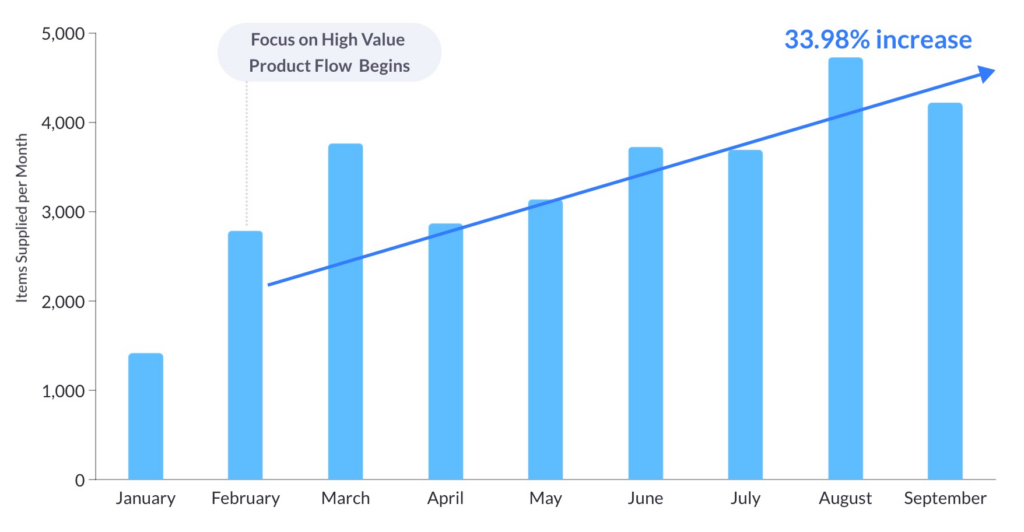
Client Case Study Two
In May 2023, a second client began to similarly focus on high-value product flow with our Services Team’s support.
In the four months that followed, this client saw a 42.67% increase in products sent to the e-commerce department, equivalent to an additional 2,935 items each month on average. At the time of this initiative, the client saw roughly 1 in every 4 suppliers not meeting the item count goal each month. Just four months later, there was a 79% decrease in suppliers not meeting the minimum item count goal, including two consecutive months of 100% of suppliers meeting, or exceeding the item count goal.
This translated to a 3.56% increase in monthly revenue, or an additional $12,842 per month on average for the client.
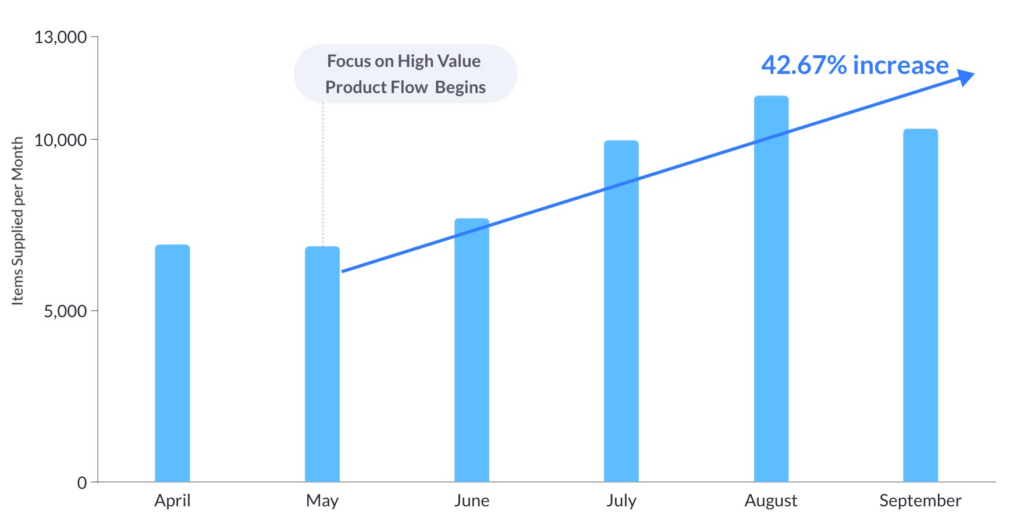
Role Specialization
Role specialization is defined as each employee conducting one major function or role for the majority of their time. Major functions or roles may include: processing, photography, listing, picking, packing, and shipping.
Ideally, each employee should be assigned to one of these major functions and 80% of their workload is dedicated solely to this function. The remaining 20% of the workload can be flexed if other major functions need assistance.
When employees are conducting two or more major functions it has resulted in:
- Potential loss in productivity due to employees switching between roles
- Loss in revenue due to fewer items listed
Potential benefits of implementing role specialization include:
- Increased product output
- Higher potential revenue due to the increased number of items listed
- Faster onboarding due to employees learning one role instead of two
Implementation
Assign each employee to a main function: processing, photography, listing, picking, packing, and shipping. Keep individual strengths and scheduling in mind. Communicate the change first to individuals, then the broader team, sharing the potential productivity and revenue impact of the change.
Individualized training may be needed for those in new or unfamiliar roles. If this is needed, build in a timeline of onboarding, training, and support.
Utilize our free Upright Labs Printable Training Guides and training videos.
Revenue Impact
Through implementing role specialization, our clients have seen a 14%-27% increase in listing productivity.
In one case, a client had employees split between listing and photograph duties. During an A/B test conducted by our Services Team, the client saw a 14.5% increase in items photographed per day and a 14.3% increase in items listed per day. This amounts to an extra 394 listings per month, equal to an additional $12,665 in monthly revenue for the client.
Additionally, another client had employees listing, putaway, and pick items. With a dedicated picker, listers are able to focus solely on listing productivity, leading to a projected productivity increase of 21% by listing up to 907 additional items per month, equal to an additional $30,268 in revenue per month.
Lastly, a client had employees responsible for processing, photography, listing and putaway during a shift. Once role specialization was implemented in March of this last year, the client saw an average increase of 27.3% listings per month, equivalent to an additional 1,456 items listed per month and an additional $90,877 in revenue monthly.

In conclusion, the potential for success in secondhand e-commerce during the holiday season is immense, but it requires strategic planning and effective implementation of proven methods.
As demonstrated in our guide, prioritizing high-value categories, employing role specialization, and increasing the flow of high-value products can significantly enhance your revenue and operational efficiency. At Neatoscan & Upright Labs, we are committed to supporting secondhand sellers in harnessing these strategies to achieve their year-end goals.
Our experienced Services Team is ready to partner with you to tailor these approaches to your unique needs. Don’t miss out on this opportunity to transform your e-commerce performance.
Contact us today to start optimizing efficiency and increasing profits for your e-commerce department.


